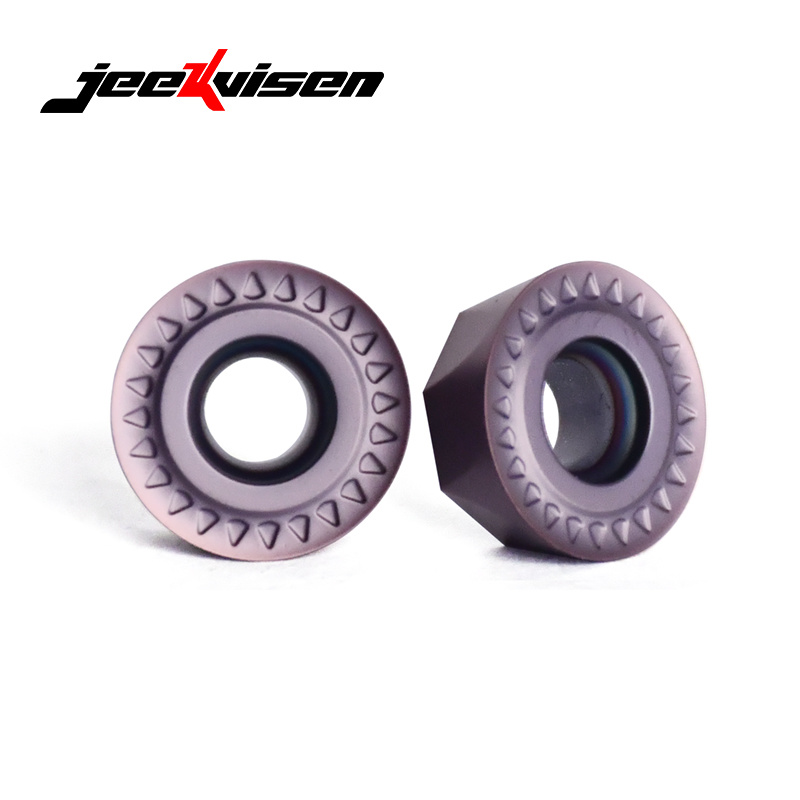04
2025
-
07
How to choose the correct milling insert?
In the field of metal processing and machinery manufacturing, the selection of milling inserts is directly related to processing quality, tool life and production costs.
The physical and chemical properties of different materials are the key factors in determining the type of milling inserts.
When processing ordinary steel, carbon steel and alloy steel have moderate hardness, but are prone to built-up edge. TiN and TiAlN coated carbide inserts are the first choice. The coating can reduce friction and improve wear resistance. For example, in the production of automotive parts, this type of insert can reduce the surface roughness of carbon steel gears by 30%.
When processing cast iron, cast iron is brittle and chips are easy to break. You can choose ceramic inserts or carbide inserts, which are more resistant to high temperatures and high wear resistance, can cut efficiently, and maintain stable performance in cast iron valve processing.
When processing non-ferrous metals, aluminum and aluminum alloys are soft and have low melting points, so they are easy to stick to the knife. You can choose diamond-coated inserts, which have a low friction coefficient and can prevent sticking. For example, in the processing of aluminum alloy shells of mobile phones, the surface finish can reach Ra0.8; high-speed steel inserts have high toughness to avoid chipping and are suitable for milling small aluminum parts.

Parameters such as inserts shape, rake angle, chip breaker, and tool tip radius (R angle) have a great influence on cutting performance:
Round milling inserts have high strength and strong versatility, and are often used for rough milling and profiling, such as mold cavity milling.
Square milling inserts, with four-edge design and good economy, are the main force of plane milling and are widely used in steel structure processing.
Triangular milling inserts have sharp edges and low cutting force, and are suitable for groove and contour processing, such as tool slot milling.
The small tip angle (35°) of diamond inserts is used for fine processing, and the large tip angle (80°) is suitable for strong rough milling, playing a key role in heavy machinery processing.
Positive rake angle is suitable for soft materials, and cutting is light; negative rake angle is suitable for hard materials, and has higher strength; choosing the right chip breaker helps to remove chips smoothly and reduce built-up edge; small R angle is suitable for fine processing, and large R angle is more suitable for rough processing and has higher strength.
If you encounter difficulties in actual selection, or want to know the processing plan for specific materials, you can contact Jeekvisen at any time, and we will provide you with professional answers!
Related news




